Why South Dakota Is the Best for Asset Protection Trusts
Continuing our series on why South Dakota is the best trust jurisdiction in the United States, today’s focus is on one of the most powerful tools in modern estate planning: the asset protection trust.
What Is an Asset Protection Trust?
An asset protection trust (APT), when properly understood, is an irrevocable trust that you set up for your own benefit. You transfer your own assets into the trust and still retain the ability to benefit from those assets. This concept, known as a self-settled asset protection trust, is a sophisticated legal strategy to shield personal assets from potential creditor claims—but it’s only permitted in certain states.
Why Most States Don’t Offer This
In every state, it’s standard practice for a third party to set up an irrevocable trust for someone else’s benefit. However, only about 20 states allow you to set up an irrevocable trust for yourself and still receive the benefit of those assets. While 20 might seem like a fair number, most of these states have weak or rigid asset protection laws. Once the trust is created, you may:
-
Be stuck with inflexible terms
-
Have to give up significant control
-
Face limited ability to adapt the trust over time
This is not the case with South Dakota.
Why South Dakota Stands Out
South Dakota offers one of the most flexible and protective legal environments for asset protection trusts in the country. Not only does the state allow self-settled asset protection trusts, but it does so with:
-
Exceptional flexibility
-
Robust privacy protections
-
No state income tax
-
Well-developed case law and statutes
Most importantly, South Dakota has a very short statute of limitations for creditor challenges.
The Fraudulent Conveyance Doctrine & Statute of Limitations
One of the biggest threats to asset protection trusts is the fraudulent conveyance doctrine. This legal principle prevents individuals from shielding assets simply to avoid paying legitimate debts. In other words, you can’t just give your assets away—whether to a trust, an LLC, or a relative—and expect to be safe from creditors if those transfers are made with improper intent.
Each state sets its own look-back period, or the time during which a creditor can challenge these transfers. In some states, it’s four or five years. In others, it’s three.
But in South Dakota, the look-back period is just two years—one of the shortest in the country. The only state with a shorter period is Ohio at 1.5 years, but Ohio lacks the comprehensive flexibility, privacy, and legal infrastructure that makes South Dakota the leading jurisdiction overall.
Conclusion: A Track Record You Can Rely On
One of the strongest reasons to choose South Dakota for your trust planning is its long-standing track record of supporting asset protection trusts through clear statutory law and favorable case law. Combined with its short statute of limitations, highly flexible trust structures, and tax advantages, South Dakota remains the gold standard for asset protection in the United States.
If protecting your assets while maintaining control and adaptability is a priority, South Dakota is where you want your trust to be.
